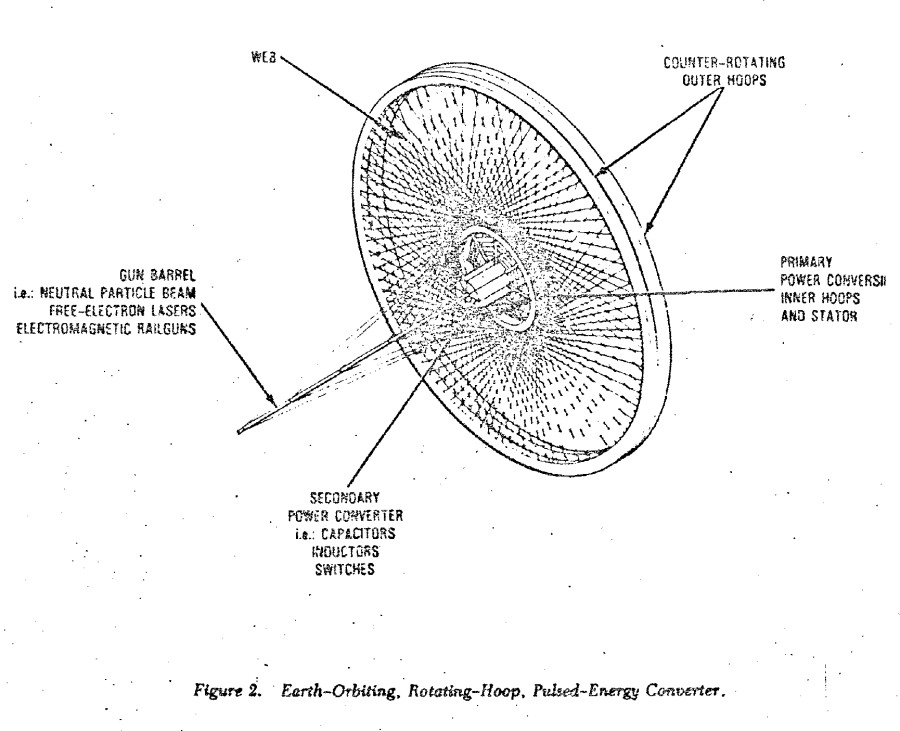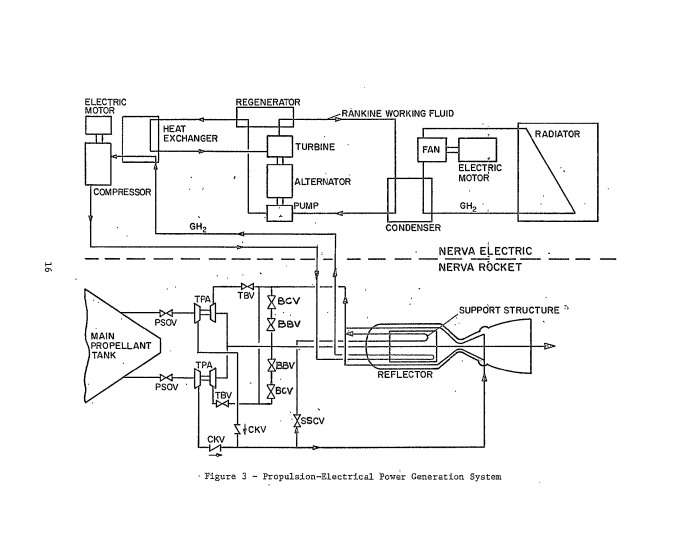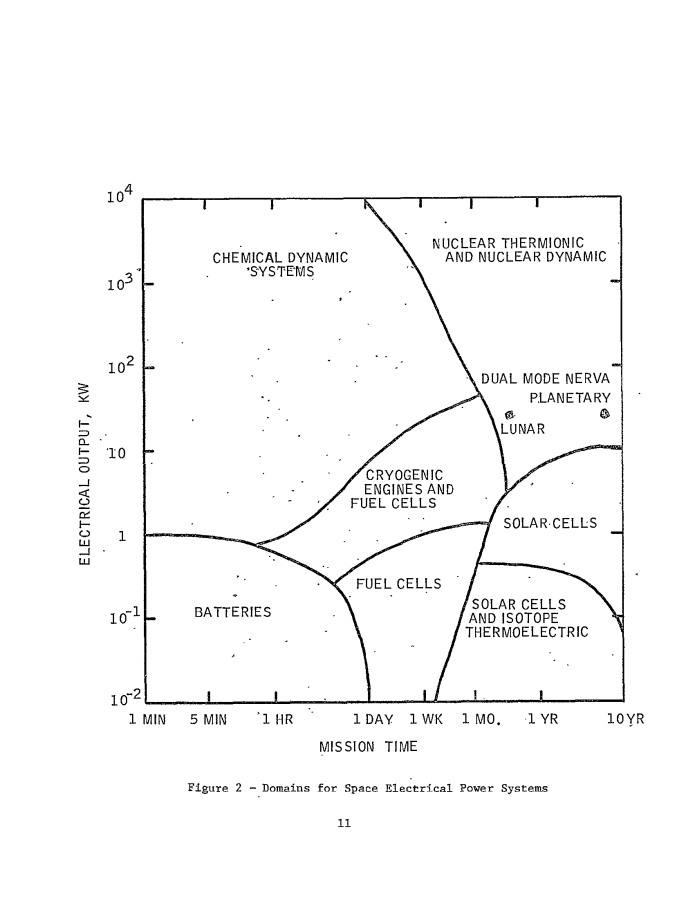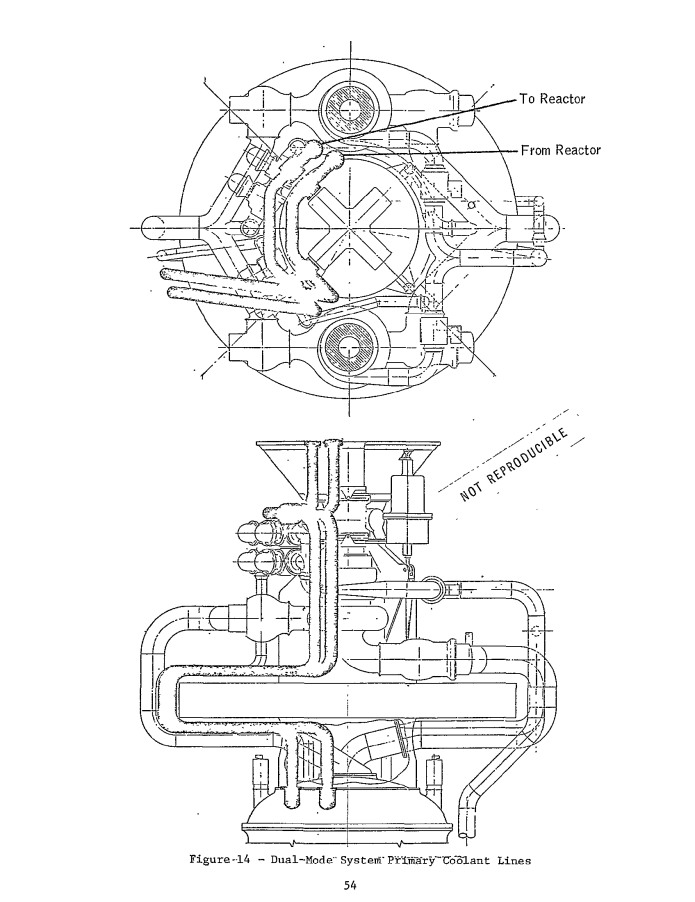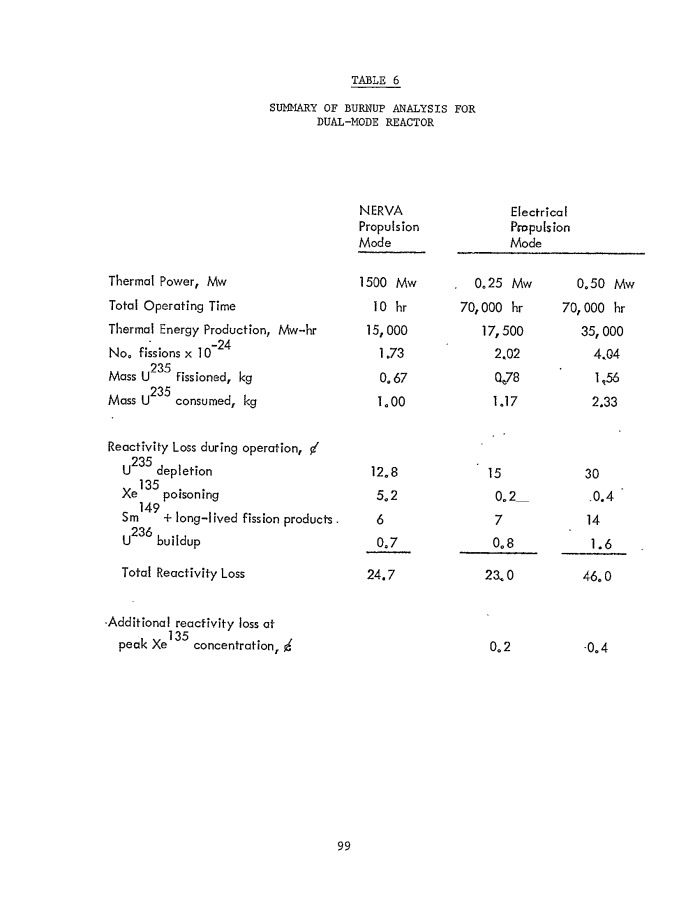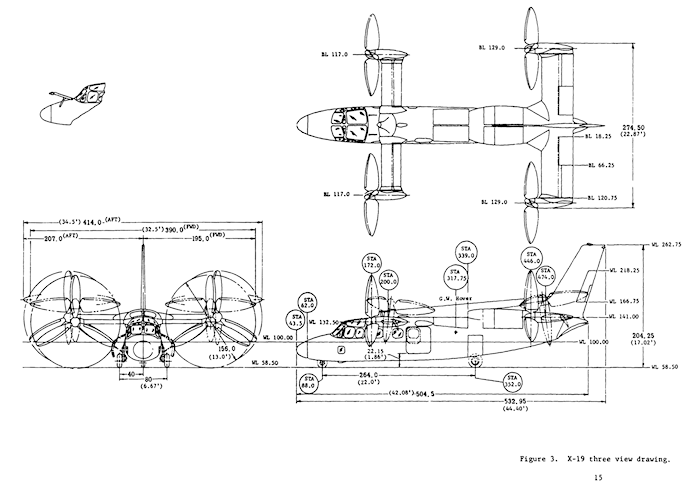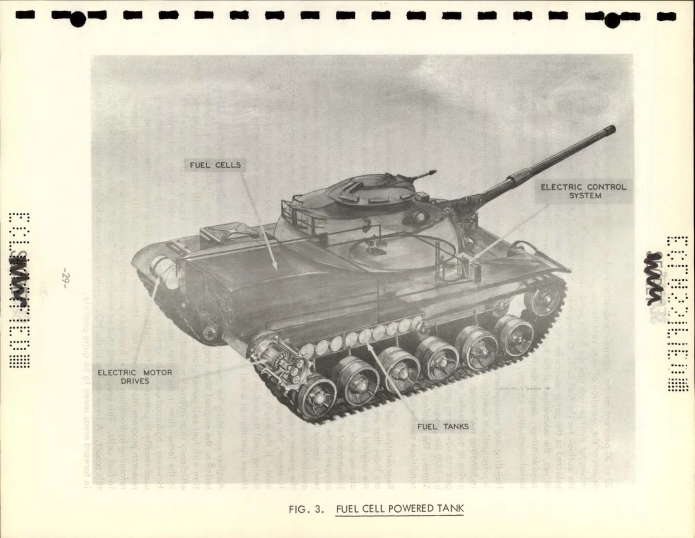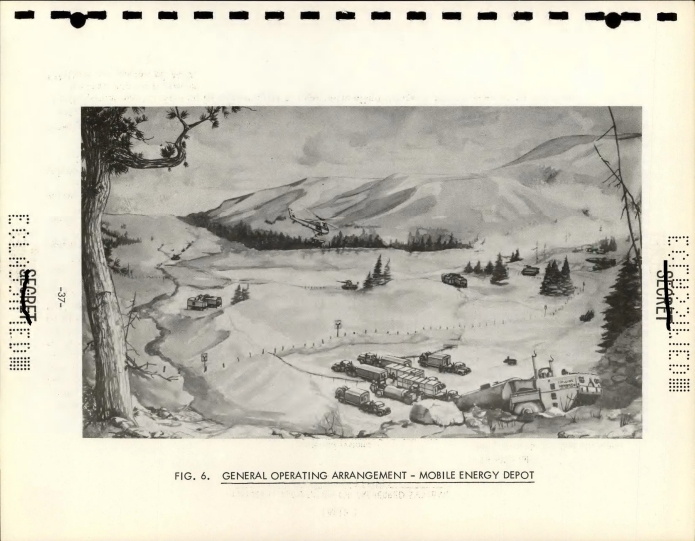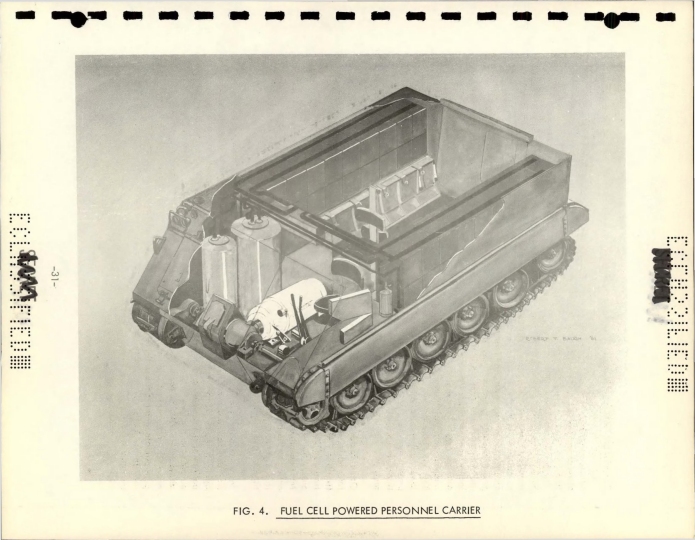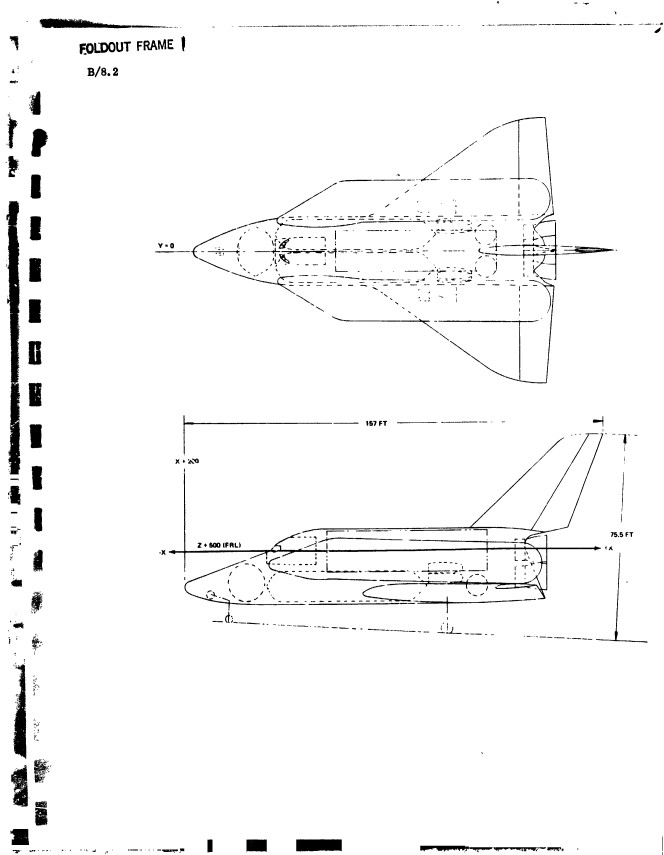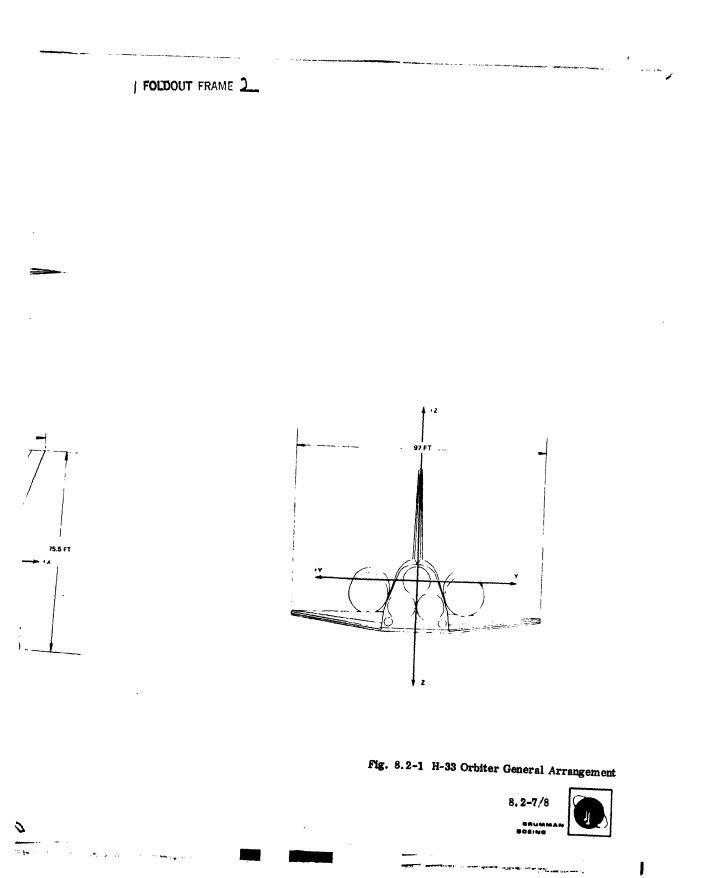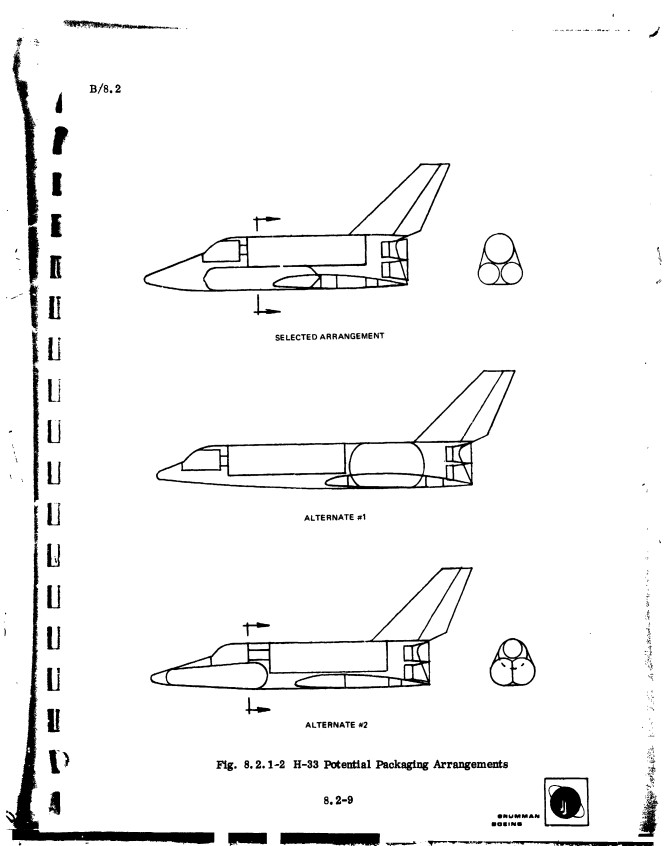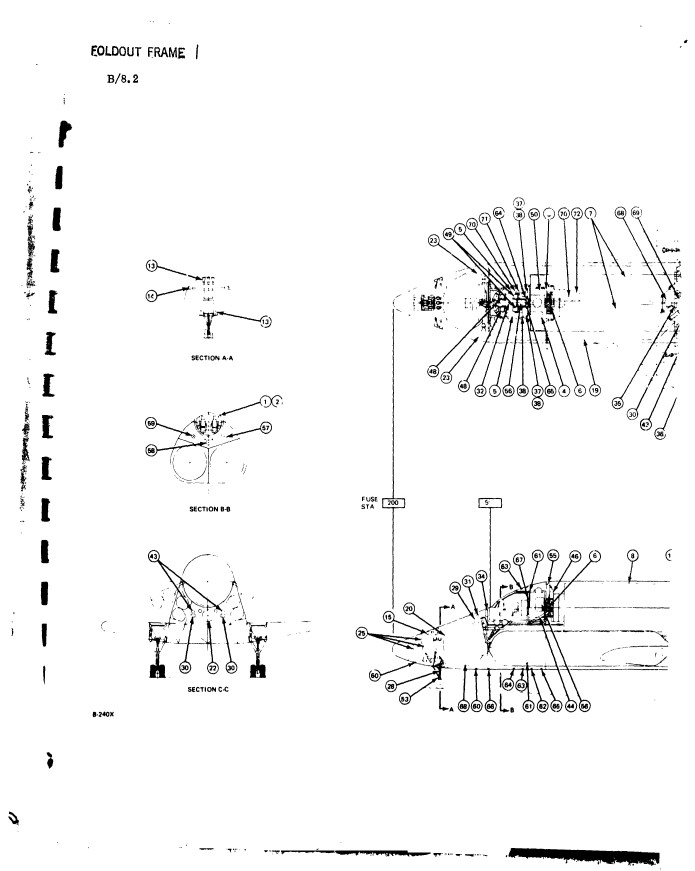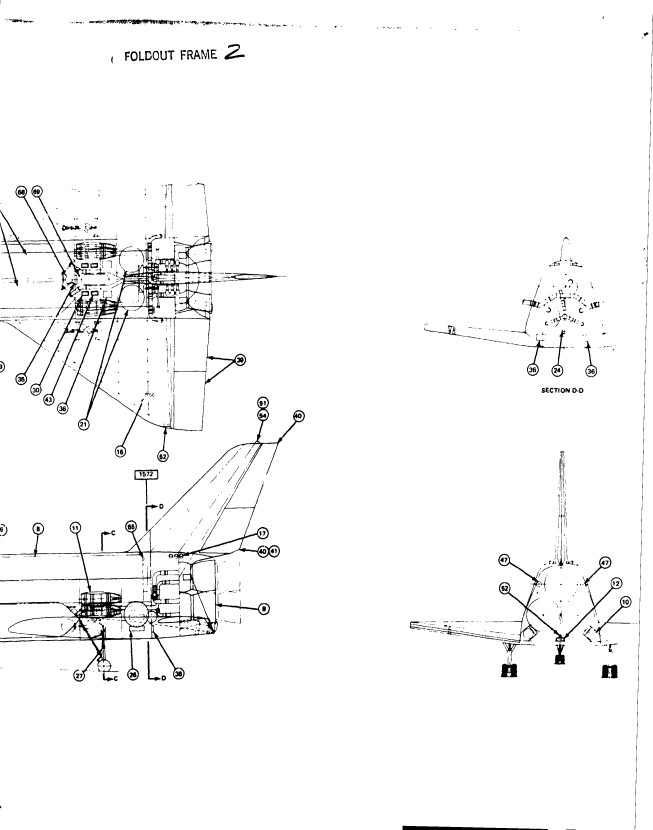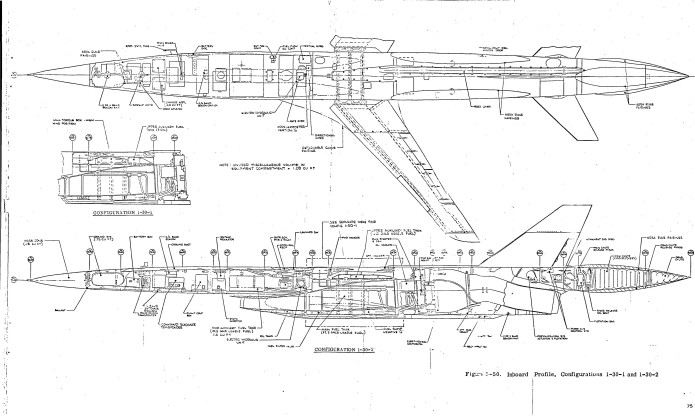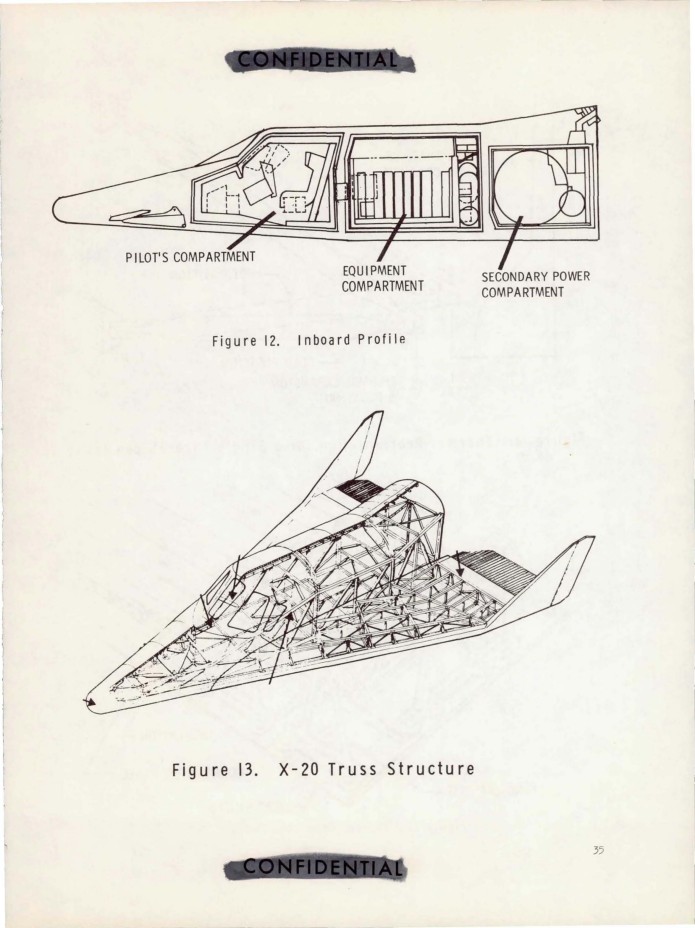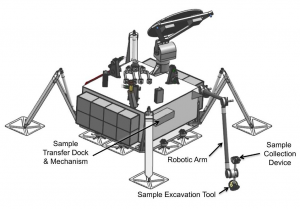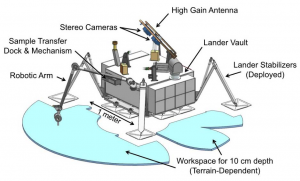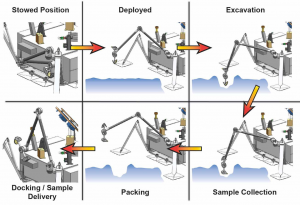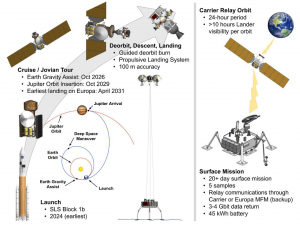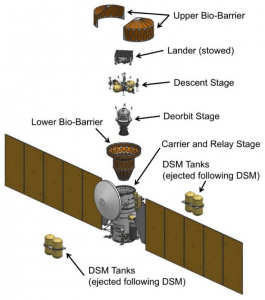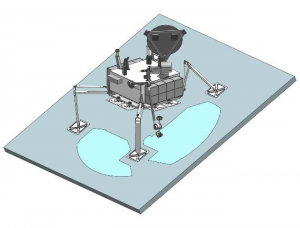There was a time when rocket engineers and launch vehicle/spacecraft designers felts reasonably comfortable proposing the use of propellants that today would be considered *insane.* One of these was fluorine, an oxidizer so powerful that it will oxidize *oxygen.* Liquified it is denser than LOX and provides a higher specific impulse than LOX when burned with the same fuels. On paper, liquid fluorine is spectacular. In reality, fluorine is toxic and just about all of the combustion compounds are toxic (burn it with hydrogen and you get hydrofluoric acid, which will eat your bones). Fluorine has the added bonus that it will merrily combust with a whole lot of structural materials, so you have to be careful in your design and preparation for tanks, pumps, lines, etc.
Consequently, it was important to know your stuff. To that end, Douglas Missile & Space Systems Division produced a Fluorine Systems Handbook.
This Handbook contains criteria for the design of airborne fluorine feed
systems and associated components. Two types of information are presented:
1) philosophical information defining general methods, and 2) detailed specifications
and procedures. Although the major emphasis has been upon
criteria for components exposed to elemental fluorine, the information is
general applicable to systems utilizing other cryogenic oxidizers which contain
fluorine as a constituent.
So if you are planning on fueling your rocketship with liquid fluorine… here ya go. You’re welcome.
